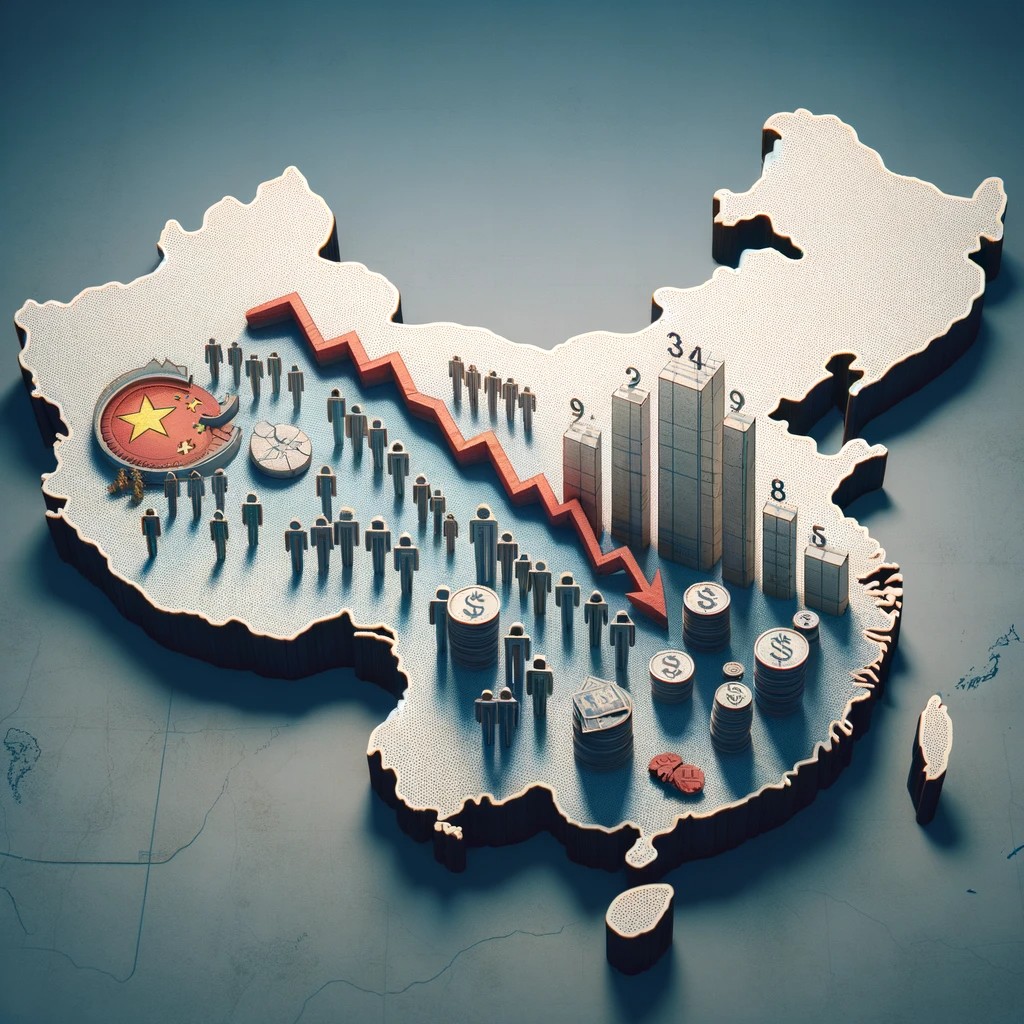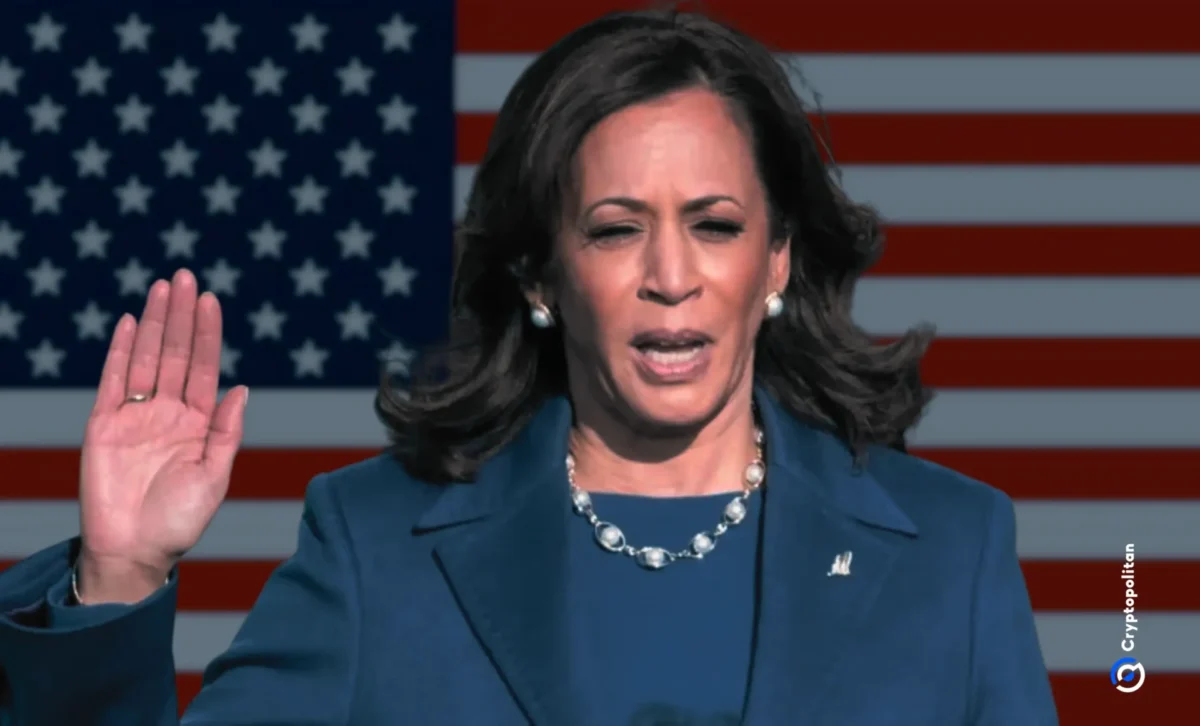China, the world’s second-largest economy, is currently grappling with a unique set of challenges. As 2023 unfolded, the nation witnessed a concerning acceleration in population decline, coinciding with some of the slowest economic growth rates in recent decades. These twin troubles – a demographic downturn and economic strain – are raising red flags about the future stability and global standing of this Asian powerhouse.
Economic Growth: A Silver Lining or a Misleading Beacon?
While China’s Gross Domestic Product (GDP) showed a growth of 5.2% last year, slightly above the government’s modest target of 5%, this figure doesn’t tell the whole story. This growth, though seemingly robust, is set against the backdrop of an economy that was significantly hampered in 2022 by strict zero-Covid policies. These policies, which were abruptly lifted, left behind a trail of economic disruptions and a suppressed consumer demand, casting a shadow on the real health of China’s economy.
The property sector, which is a significant pillar of the Chinese economy, continued to wobble under the weight of a persistent debt crisis. Investment in property development took a nosedive by 9.6% in 2023, a steeper decline than in previous years. The echoes of this downturn were felt across the financial markets, with major Chinese equities indices taking a hit following the release of these economic data.
Demographic Dilemma: The Unfolding Population Crisis
Perhaps more alarming than the economic slowdown is the demographic crisis that China is facing. In 2023, the nation’s population dropped to 1.4 billion, marking the second consecutive year of decline. The number of deaths outpaced births significantly, with an increase in mortality rates and a sharp decrease in birth rates. This demographic shift is not just a temporary blip but a trend that’s expected to continue, exacerbated by China’s aging population and the long-term effects of the one-child policy implemented in the 1980s.
The repercussions of this population decline are far-reaching. An aging population means a shrinking workforce, which can stifle economic growth and innovation. Additionally, the social and economic burden of supporting an increasing elderly population can strain public resources and healthcare systems.
China’s leadership, under President Xi Jinping, faces the daunting task of navigating these demographic challenges while trying to bolster an economy that is showing signs of underlying weaknesses. The dual challenge of stimulating economic growth and reversing the population decline is a tightrope walk that requires not just policy changes but also shifts in social attitudes towards issues like family planning and elder care.
In the midst of these challenges, China’s top leaders have maintained a stance against panic-driven economic stimulus measures. Instead, there is a focus on strengthening internal economic drivers and carefully managing the property sector and consumer spending to combat deflationary pressures. However, this approach, while prudent, might not be sufficient to address the deep-seated issues that are causing the population decline and economic slowdown.
Looking ahead, China’s trajectory seems to be at a critical juncture. The nation’s ability to address these double troubles will not only shape its own future but also have significant implications for the global economy. As the world watches, the question remains: can China navigate through these choppy waters and emerge stronger, or will these challenges mark a turning point in its global economic and demographic standing?





